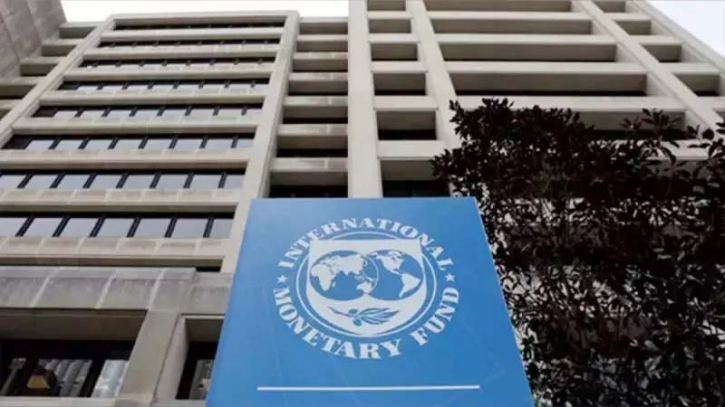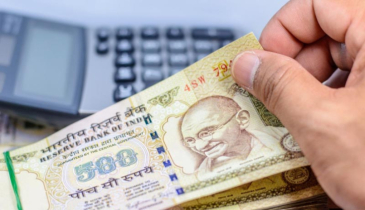India has high debt like China, but risks are moderated: IMF

India's debt levels are akin to those of China, but according to a senior official at the International Monetary Fund (IMF), the associated risks are not as pronounced as those faced by its northern neighbor. The IMF suggests that in the medium term, India should adopt an ambitious fiscal consolidation plan to reduce deficits.
Ruud de Mooij, Deputy Director of the Fiscal Affairs Department at the IMF, highlighted the parallels between India and China in terms of debt. He stated, "The current debt in India is also high, standing at 81.9 percent of GDP. Compared to China, which is at 83 percent, the figures are quite similar." Furthermore, when compared to India's debt before the pandemic in 2019, which was 75 percent of GDP, it remains significantly higher.
Mooij went on to describe India's fiscal situation, noting that the projected deficit for 2023 is 8.8 percent. A substantial portion of this deficit is attributed to interest payments, with 5.4 percent of GDP allocated for this purpose, while the primary deficit accounts for 3.4 percent. These combined elements contribute to the 8.8 percent figure.
In response to inquiries, Mooij pointed out that India's debt is not projected to increase as dramatically as China's. In fact, it is expected to decrease slightly, reaching 80.4 percent by 2028. One of the driving factors behind this trend is India's robust economic growth, positioning it among countries with high growth rates. This growth rate plays a pivotal role in managing the debt-to-GDP ratio.
Mooij further noted that India's risk profile is moderated by several factors. One of these factors is the extended maturities of the debt, which do not require frequent renewal. This feature significantly impacts the country's gross financing needs. Additionally, a substantial portion of India's debt is domestically held and denominated in domestic currency, further mitigating the risks associated with debt.
However, Mooij emphasized that the risk factor within India primarily lies at the state level. Some states within the country have accrued high levels of debt, substantial financing requirements, and face significant interest burdens. These state-level risks continue to pose challenges and risks for India's overall fiscal stability.
.png)









